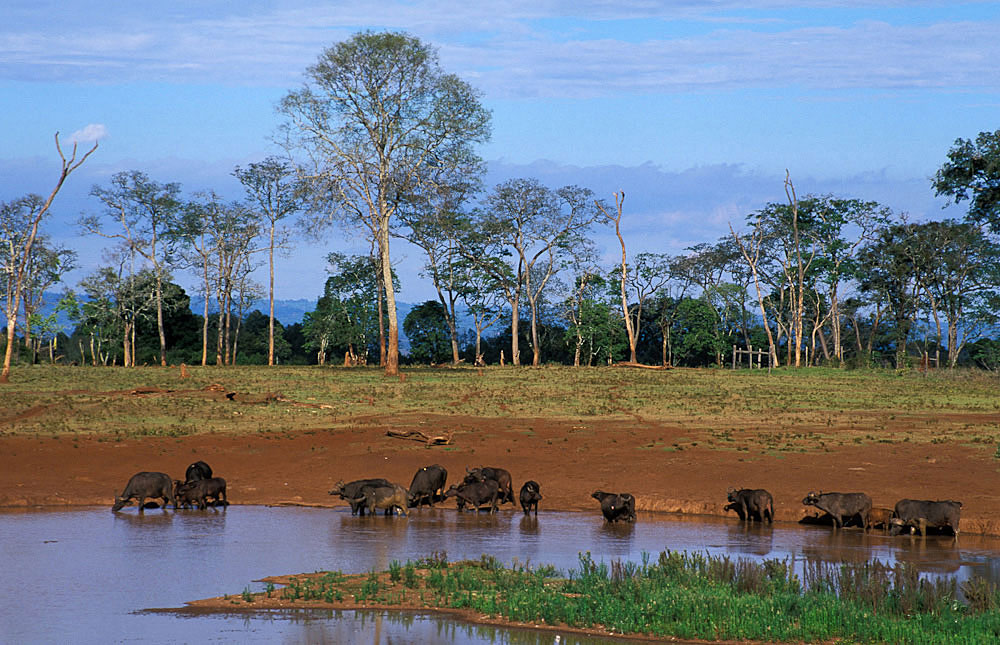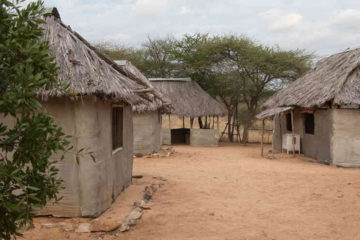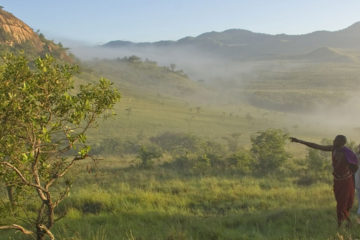Aberdare National Park protects the mountain range of the same name. It is one of Kenya’s most unspoiled forest parks. Tree hotels are designed for guests to observe wildlife coming to the waterhole (or salt lick). Wildlife viewing from this elevated position is a remarkably rewarding way to see animals otherwise difficult to spot in the dense vegetation. Aberdare is best appreciated for its tangle of pristine forest and its inhabitants, not so much for the usual safari animals.
Best Time to Visit
Wildlife watching is good in Aberdare year-round. If you don’t intend straying far from a tree hotel, visit in the Wet season (October to May) when low-season rates and vacancies make wildlife viewing from your balcony extra-enjoyable. Otherwise, avoid the heaviest of the park’s rainfall in the Dry season (June to September), when local roads are more navigable.
All the Big Five are present. Buffalo and elephant are common, and there is a chance to see black rhino at one of the tree hotel waterholes at night. Lion and leopard tend to stay at higher altitudes in the park and are difficult to spot. Black-and-white colobus monkeys are a real treat, while bushbuckand waterbuck are particularly common.
Aberdare is a scenically diverse area. And as with any mountain range there are different habit zones at different altitudes. The tree hotels are set in beautiful forest country. At higher altitudes are bamboo forests and Afro-alpine moorland set among steep ridges with beautiful waterfalls and river valleys.
Weather & Climate
Aberdare’s proximity to the equator means that temperatures don’t change much from month to month. It does, however, get colder the higher you go in altitude. Temperatures also plummet in the Dry season (June to September), especially at night and early in the morning. Rain is a constant companion in the park. Heavy falls occur year-round, though more frequently in the Wet season (October to May).




